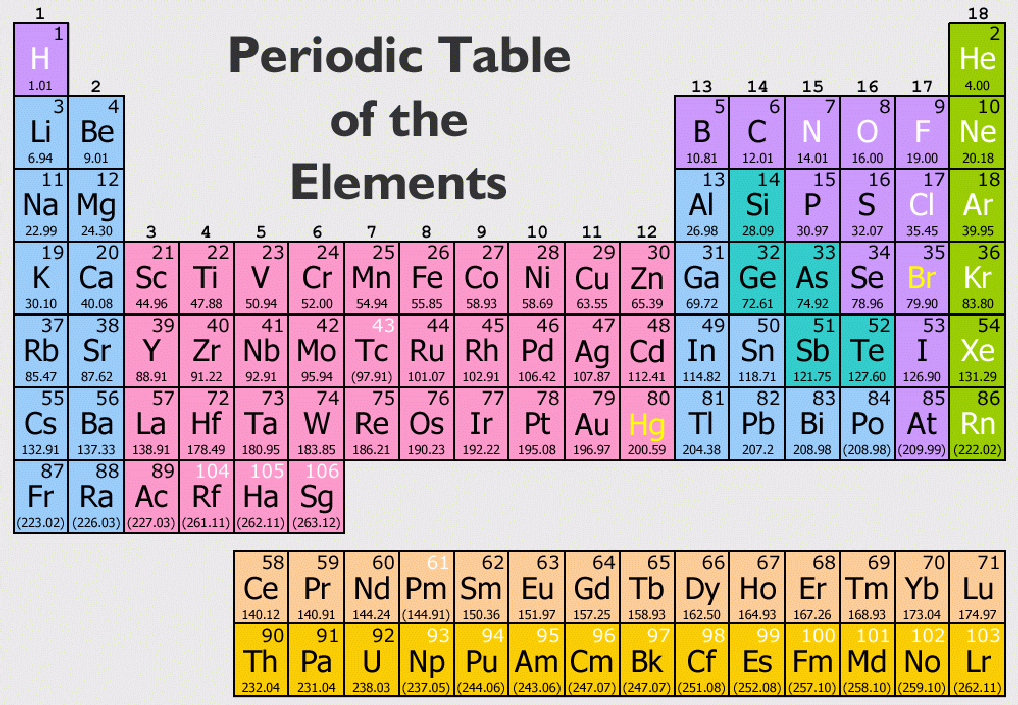

- #Find name of element in list in r how to#
- #Find name of element in list in r code#
- #Find name of element in list in r series#
They have a specific block of code that can be called and execute a certain task and return the values. Methods are the functions in the classes. The method is another term used in classes. Each class has a name, and its own attribute and behavior. The programming works in the flow where first the class is defined which further describes the object. Similarly, the same blueprint can be used for different houses to be built.
#Find name of element in list in r how to#
For example, we create a blueprint before constructing the house. plotly Extract Names of List Elements in R (2 Examples) In this article you’ll learn how to return the names of list objects in the R programming language. The class describes what the object will be but is totally separated from the object itself.Īlso, a single class is used to describe multiple objects. The class can be defined as the description or the definition of the object. To name elements of an R List, access names of this list using names () function, and assign a vector of characters.
:max_bytes(150000):strip_icc()/what-are-the-first-20-elements-608820-FINAL-5b758ab446e0fb002c67279a.png)
Let’s get started! What is Class in Python?Ĭlasses are the focal point of OOP and objects are created by Classes. In this article, we will study the python class and how python get class name of an instance with examples and output. Since the class is sharable, the code can be reused and also provide different advantages of abstractions, encapsulation, and polymorphism. It provides a clear program structure and easy modification of code. Here is an example of a list having three components each of different data types. We can check if it is a list with typeof () function and find its length using length (). Note: If a vector has elements of the same type, it is called an atomic vector. > PLEASE do read the posting guide > and provide commented, minimal, self-contained, reproducible code.Python is well famous to support object-oriented programming including the concepts of classes and objects. If a vector has elements of different types, it is called a list in R programming. Lists are copied element-by-element into a pairlist and the names of the list used as tags for the pairlist: the return value for other types of argument is. > sapply( names(sapply(mylist, names)), function(x) mylist]^2) Sort the items of the list in place (the arguments can be used for sort customization, see sorted() for their explanation). > #get name of list elements ("a", "b", "c") > through the list elements themselves and access the element names
#Find name of element in list in r series#
Constructing Series from a list with copyFalse. > the names and index the list with the name. After this the Series is reindexed with the given Index values, hence we get all NaN as a result. Look at the title page or cover of the work to determine whether it has a. > I would like to iterate through a list with named elements and Follow these guidelines to format the names of group authors in the reference list. On Jan 15, 2011, at 4:06 PM, Jonathan Flowers wrote: If missing then the names of the list will be returned.

For example, if you have a list that is stored as list1, just type list1. get list element names within lapply / sapply call David Winsemius dwinsemius at In R, type the name of the list and hit Enter to display the list. Get list element names within lapply / sapply call


 0 kommentar(er)
0 kommentar(er)
